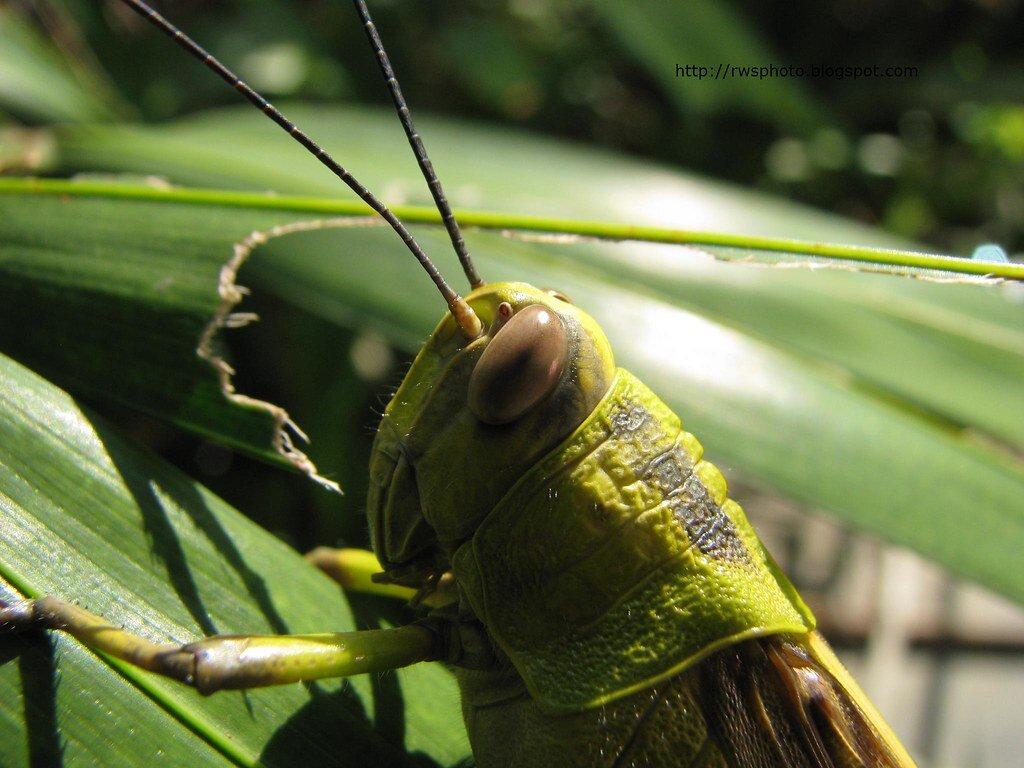Locust swarms across Eastern Africa are putting millions in danger and threatening the food supply. This plague, which is being referred to as possibly the largest disaster in the last quarter-century, is currently spreading over seven different countries throughout the continent.
Climate Change is mentioned by the United Nations Food and Agriculture Office and by scientists from the Indian Institute of Tropical Meteorology as contributing to the plague and is linked to an increase in cyclones in the Eastern African region.
This increase in cyclones is beneficial to the locusts. Sciencemag.org documented that after a series of cyclones brought unusually high levels of precipitation, “vegetation flourished, and the well-fed locusts increased their population 400-fold over 6 months…and an estimated 8,000-fold by March 2019. The locusts headed to Southern Iran, crossing territory that hadn’t seen the insects in 50 years, and moved East into India and Pakistan. Last summer, many flew South with prevailing winds into Yemen, where civil war prevented any spraying of pesticides. The swarms moved to Ethiopia and Somalia in October 2019.”
“The insects behind the mayhem are desert locusts, which, despite their name, thrive following periods of heavy rainfall that trigger blooms of vegetation across their normally arid habitats in Africa and the Middle East,” according to an article in National Geographic, that continues, “If we see this continued increase in the frequency of cyclones,” says Keith Cressman, senior locust forecasting officer with the Food and Agriculture Organization, “I think we can assume there will be more locust outbreaks and upsurges in the Horn of Africa.”
CNN was quick to report the outcries, “Uganda scrambled to respond to the arrival of the biggest locust outbreak that parts of East Africa have seen in decades, while the United Nations warned Monday that ‘we simply cannot afford another major shock’ to an already vulnerable region.”
The magnitude of this locust outbreak is severe, and the United Nations estimates that 23.6 million people in the region are facing food shortages. Sciencemag.org reported, “For Kenya, it is the worst infestation in 70 years. One swarm there was estimated at 100 billion to 200 billion locusts, marauding through 2400 square kilometers.”
Plans are underway to combat the invasion. “Somalia, one of several African nations being hit hard by enormous swarms of locusts, is planning to control them with a fungus in what would be the largest use of biopesticides against these insects,” according to Sciencemag.org.
The U.N. estimates that $70 million is needed from donors to stop the locusts and provide food to starving populations, and the U.N.’s Central Emergency Response Fund released $10 million to assist efforts.
However, many on the Sonoma State University campus have yet to acknowledge the plague. A student-athlete at SSU, Will Langerhands, comments, “I have not heard of that… Not one of my professors or friends has brought that up to me.”



































